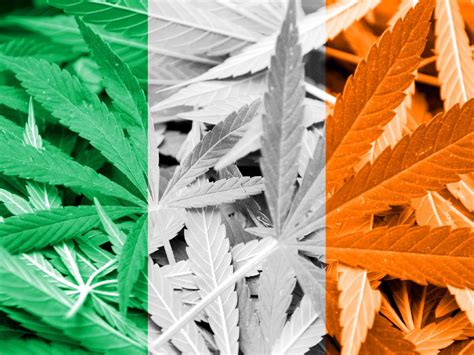The debate surrounding marijuana reform has been a contentious topic in the United States. President Biden’s recent statements on marijuana reform signify a shift in the federal stance, which has historically classified marijuana as a Schedule I substance under the Controlled Substances Act. This classification groups marijuana with substances like heroin, indicating a high potential for abuse and no accepted medical use.
However, state-level policies have been evolving for the past five decades. Starting with decriminalization efforts in the 1970s, followed by medical access laws in the 1990s, and a growing number of states now legalizing marijuana for recreational use. Amidst this shift, there have been significant increases in cardiac mortality rates following medical marijuana legalization, but also notable reductions in opioid prescribing, especially where cannabis dispensaries are legal. This complex scenario is further complicated by an observed increase in tobacco sales in the same states.
Marijuana itself is a dry, shredded mix of the flowers, stems, seeds, and leaves of the Cannabis sativa plant, typically green, brown, or gray in color. It contains over 80 cannabinoids, with Tetrahydrocannabinol (THC) and Cannabidiol (CBD) being the most well-known. THC is known for its impairing effects, while CBD is not. Despite the nuances in their effects, federal law maintains a firm stance: marijuana and certain cannabis-infused products, including some CBD oils, remain illegal, barring those with no more than 0.3 percent THC or those approved by the FDA.
The Transportation Security Administration (TSA) is required to report any suspected violations of this federal law. In terms of research and drug approval processes, the FDA has a significant role in determining the legal status and regulation of cannabis and cannabis-derived products.
The public health impact of marijuana legalization is a subject of considerable controversy. There is limited evidence supporting the medical use of marijuana or cannabinoids, with a few exceptions such as for HIV/AIDS cachexia, nausea, and vomiting. The legalization of marijuana also poses implications for workplace safety, as cannabis is the most frequently used illicit drug among Americans, with substantial use reported by both full-time and part-time employed adults.
For more comprehensive information, readers can refer to the original sources provided below.

Statement from President Biden on Marijuana Reform
Drug Fact Sheet: Marijuana/Cannabis – DEA.gov
FDA and Cannabis: Research and Drug Approval Process
Medical Marijuana | Transportation Security Administration
What We Know about Marijuana – Centers for Disease Control and Prevention
FDA Regulation of Cannabis and Cannabis-Derived Products: Q&A
Medical Marijuana and Marijuana Legalization – PMC
Marijuana Legalization: Impact on Physicians and Public Health
Cannabis and Work: Implications Impairment and the Need for – CDC